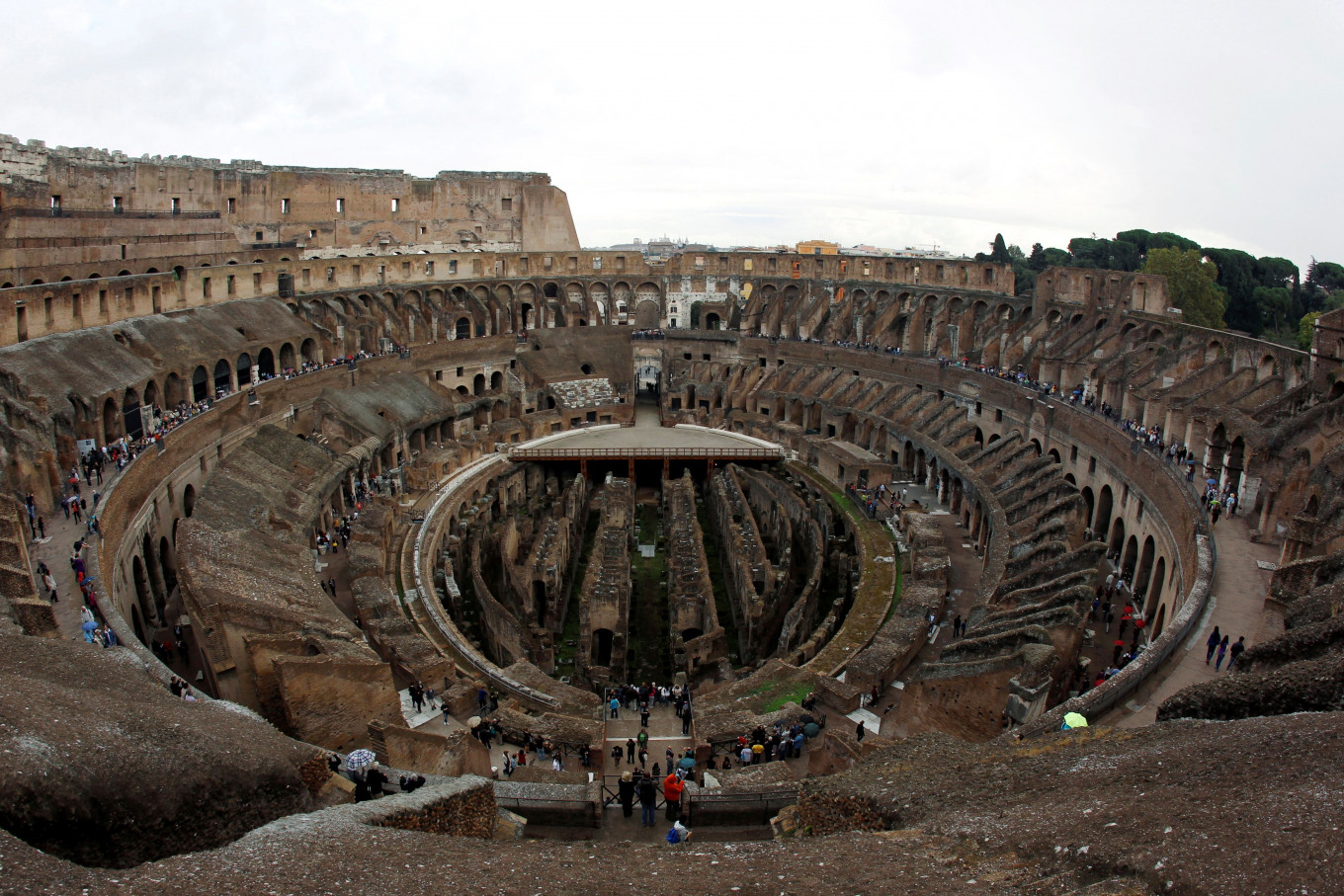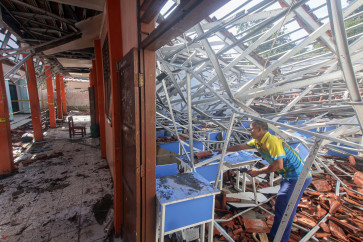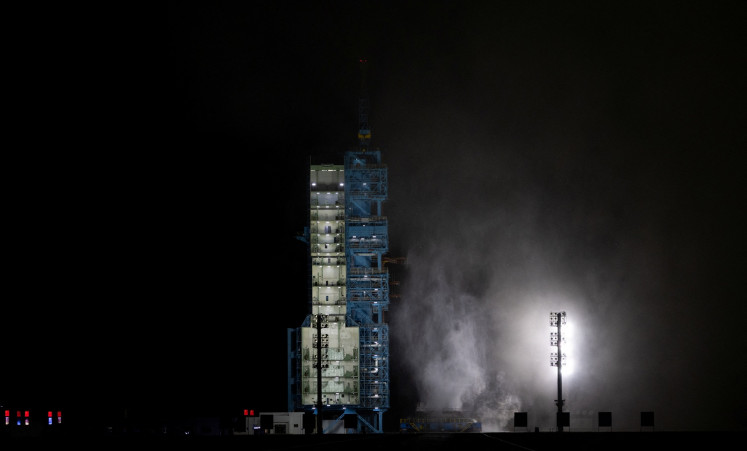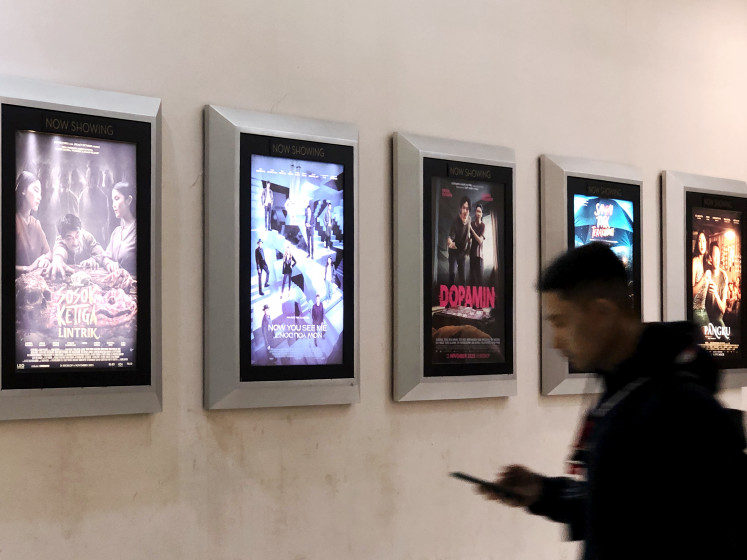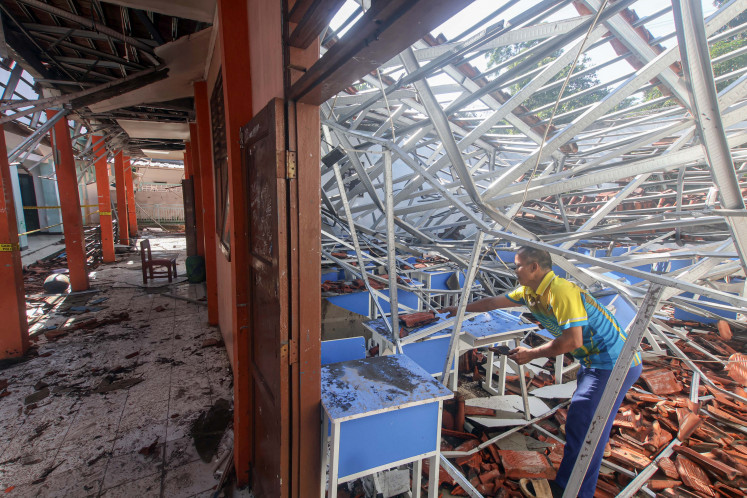Popular Reads
Top Results
Can't find what you're looking for?
View all search resultsPopular Reads
Top Results
Can't find what you're looking for?
View all search resultsItaly begins to restore Colosseum floor
The 2,000 year old structure is currently floorless, the ruins of the underground levels' walls and tunnels exposed to the open air save for a small platform.
Change text size
Gift Premium Articles
to Anyone
T
he Italian minister of culture announced the winning bid to restore the Colosseum's arena on Sunday, a project that will allow visitors to view the archeological wonder from ground level as soon as 2023.
The 2,000 year old structure is currently floorless, the ruins of the underground levels' walls and tunnels exposed to the open air save for a small platform.
A Milan engineering firm beat 10 competitors who answered a 2020 call for submissions with its vision involving rotating wooden slats that would allow natural ventilation and lighting of the lower levels.
"It's another step forward towards rebuilding the arena, an ambitious project that will aid the conservation of the archeological structures while getting back to the original image of the Colosseum and its quality as a complex scenographic machine," said culture minister Dario Franceschini.
With the new floor, visitors to the Colosseum will be able to admire the treasured monument from the center of the arena -- a view once reserved for gladiators and slaves as they prepared to meet their doom.
Franceschini plans to host the Rome G20 culture summit at the Colosseum in July and it may serve as a venue for other major cultural events.
The Colosseum's executive archaeologist Alfonsina Russo said construction of the arena -- which will be the subject of a Europe-wide call for bids of about 15 million euros -- should begin by the end of the year or early 2022.
She said the new 3,000 square meter floor should be ready for visitors in 2023.
Before the pandemic around 25,000 people toured the world-famous monument daily, and some 18.5 million euros have been set aside for the project.
The plan presented on Sunday consists of an entirely removable structure made of accoya, a modified, durable wood.
The slats will be rigged with a rotation system meant to permit light and air to circulate to underground passages below the area.
The rain water that currently pools there will be collected and used to supply the toilets of Rome's most visited monument.

